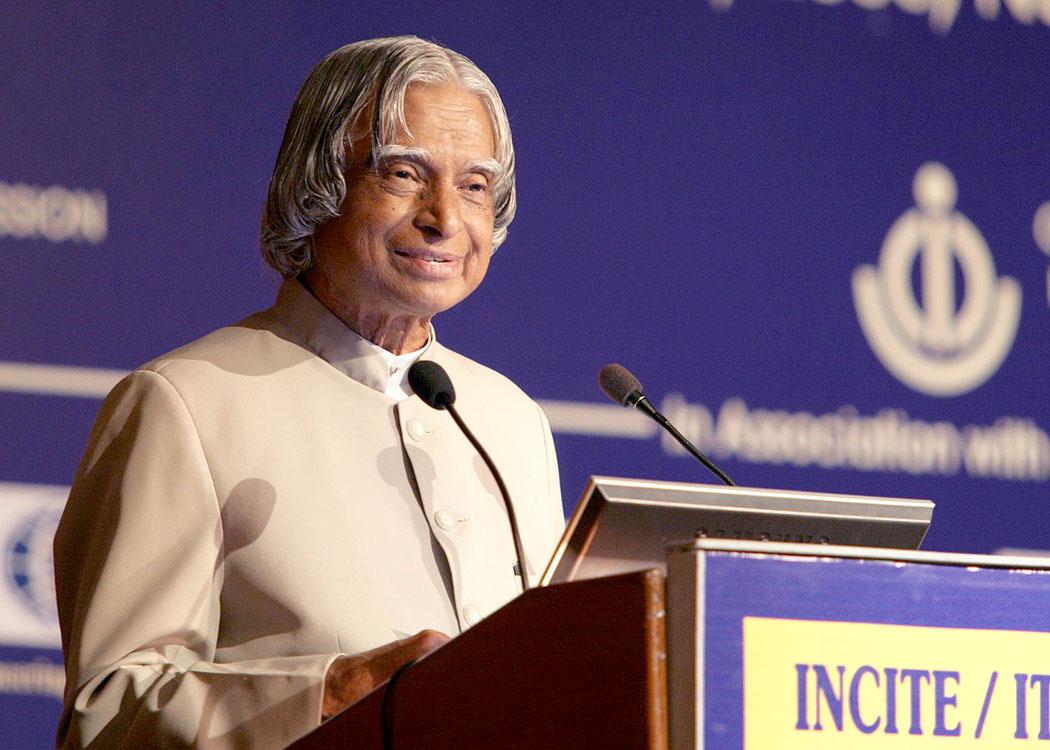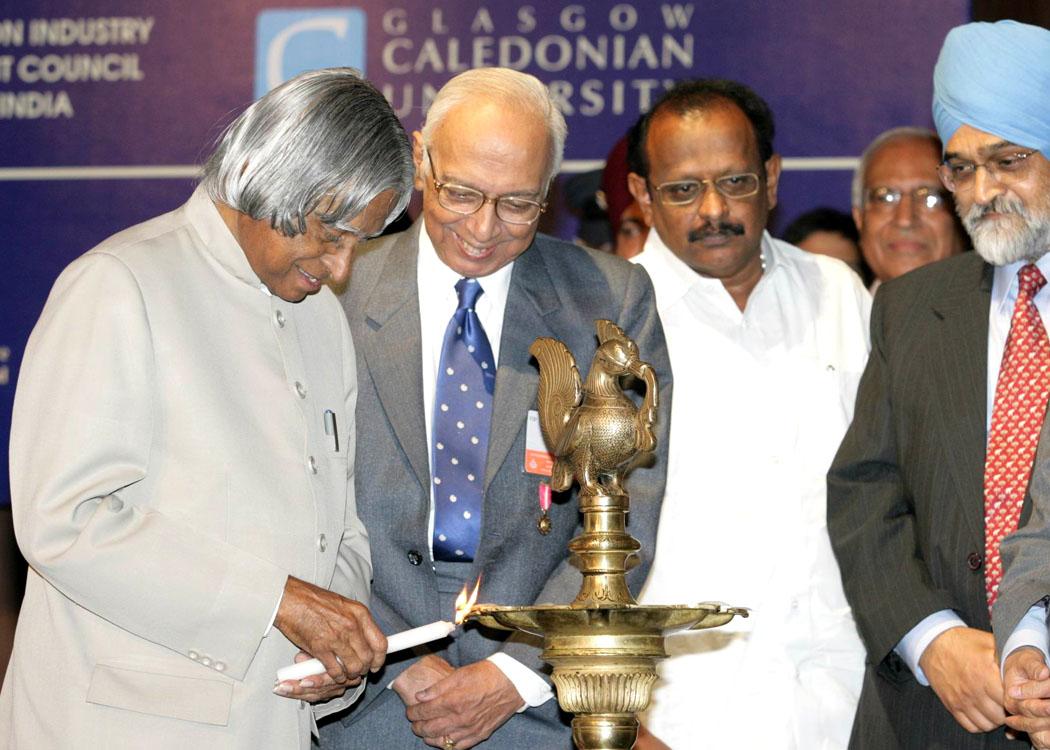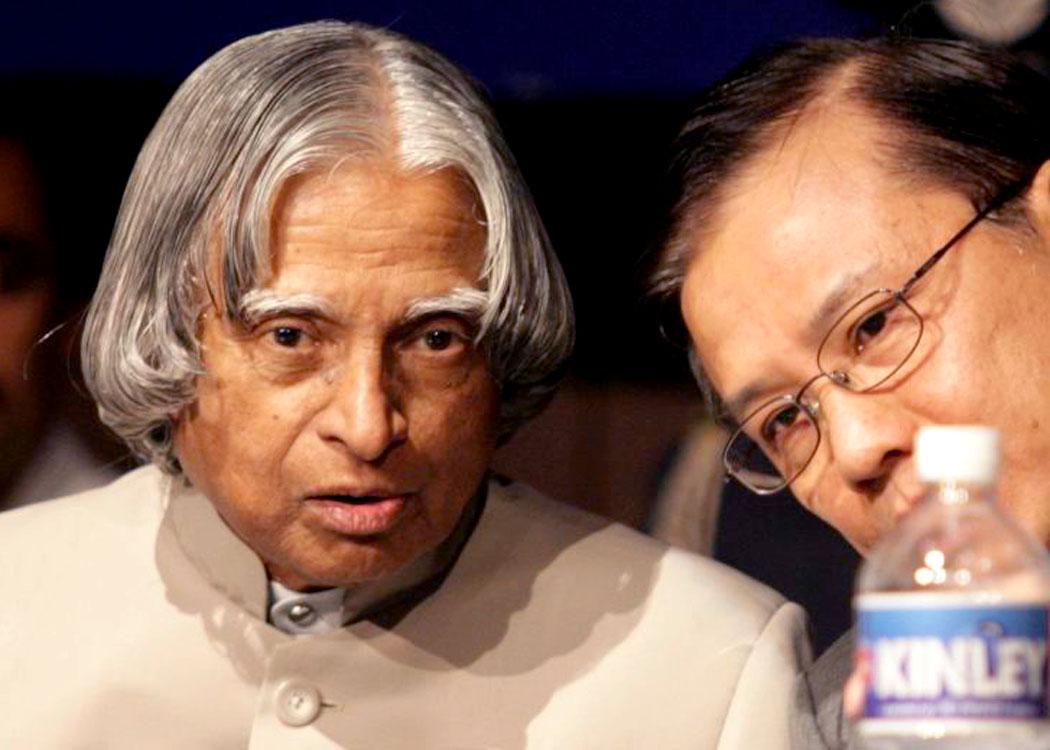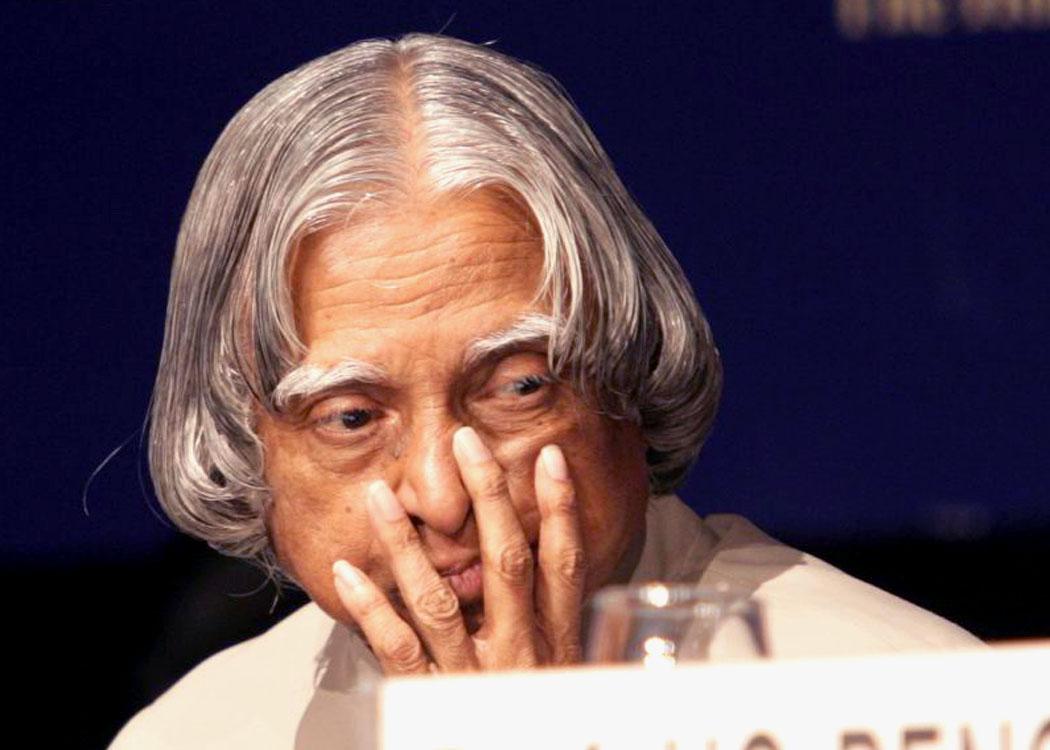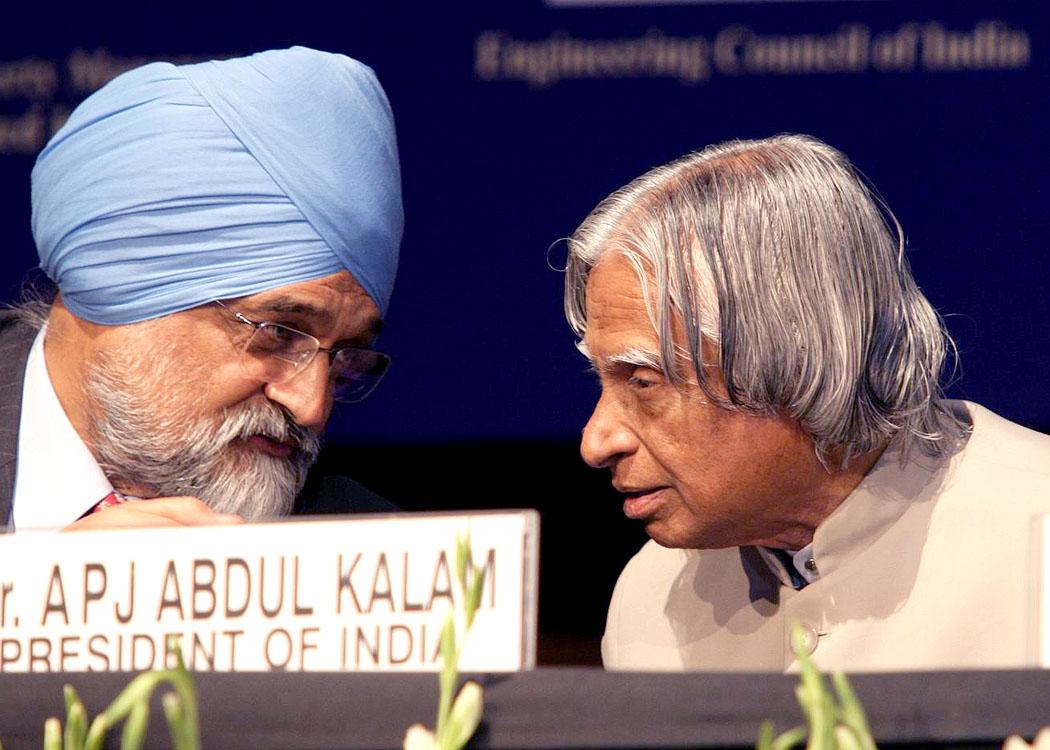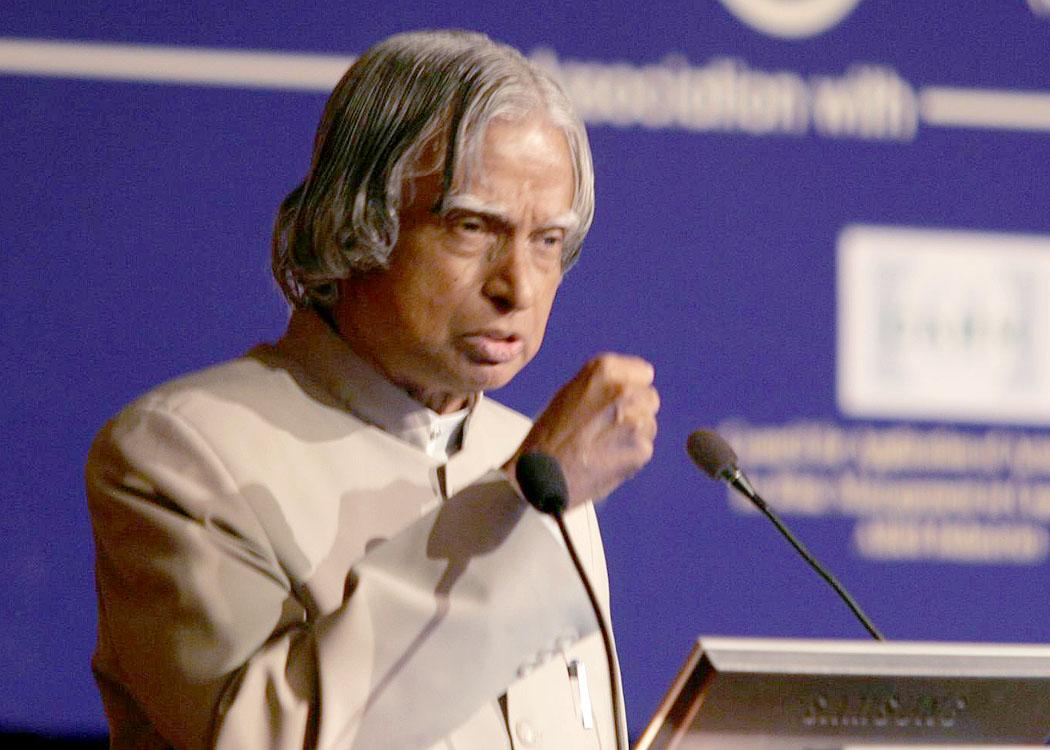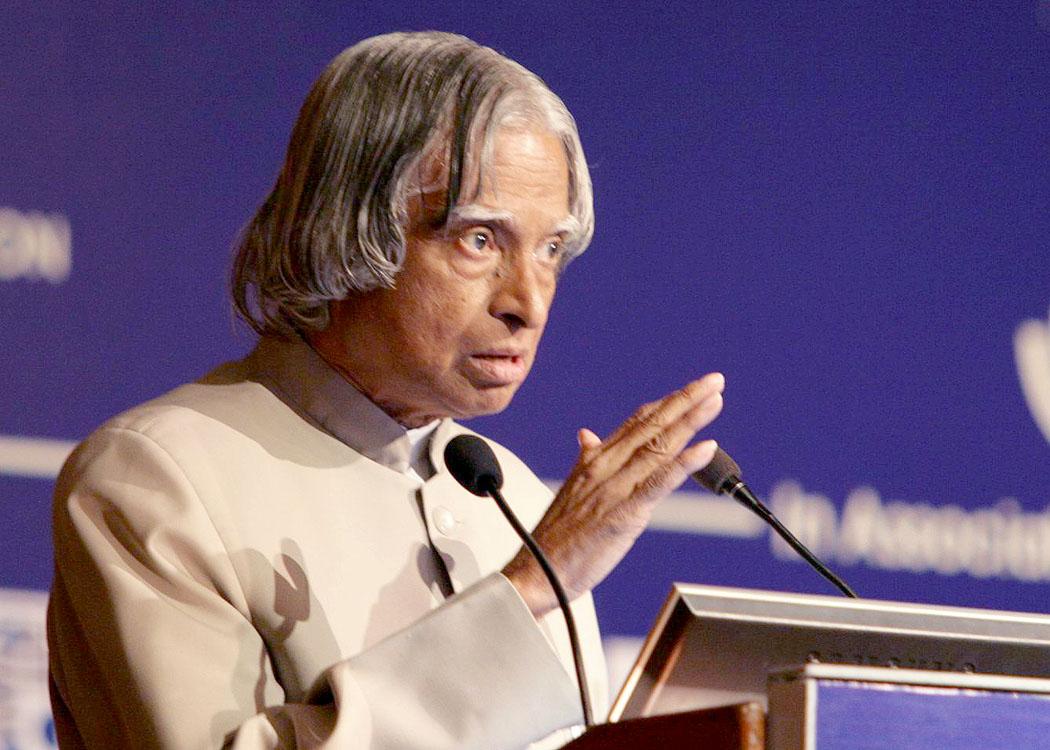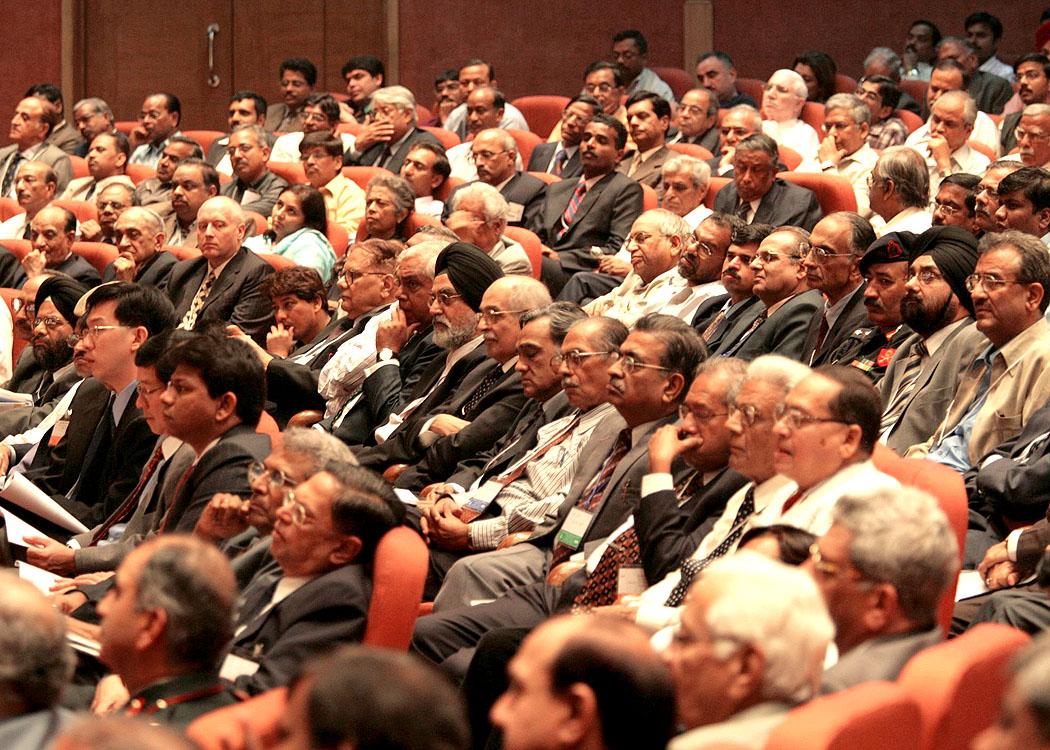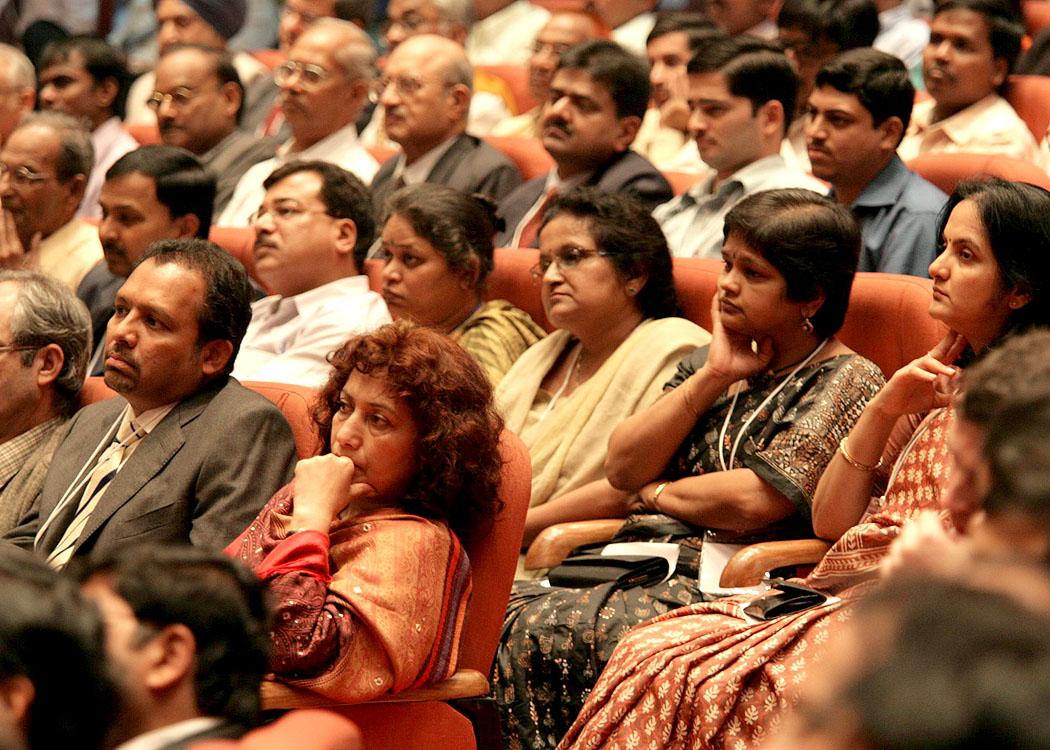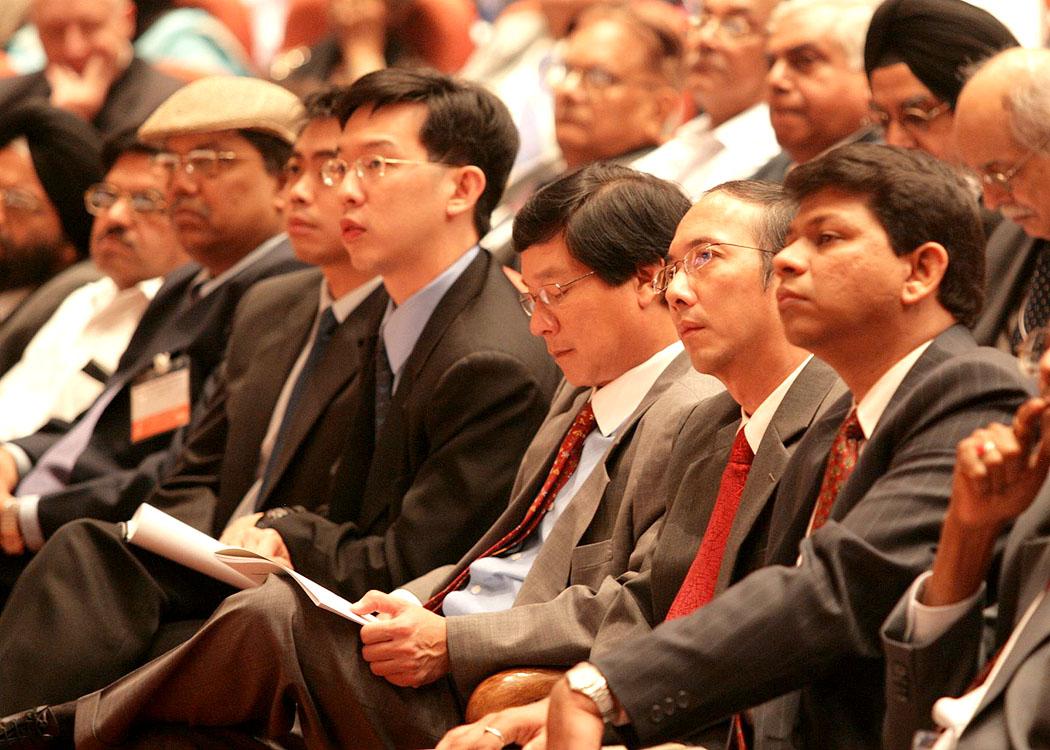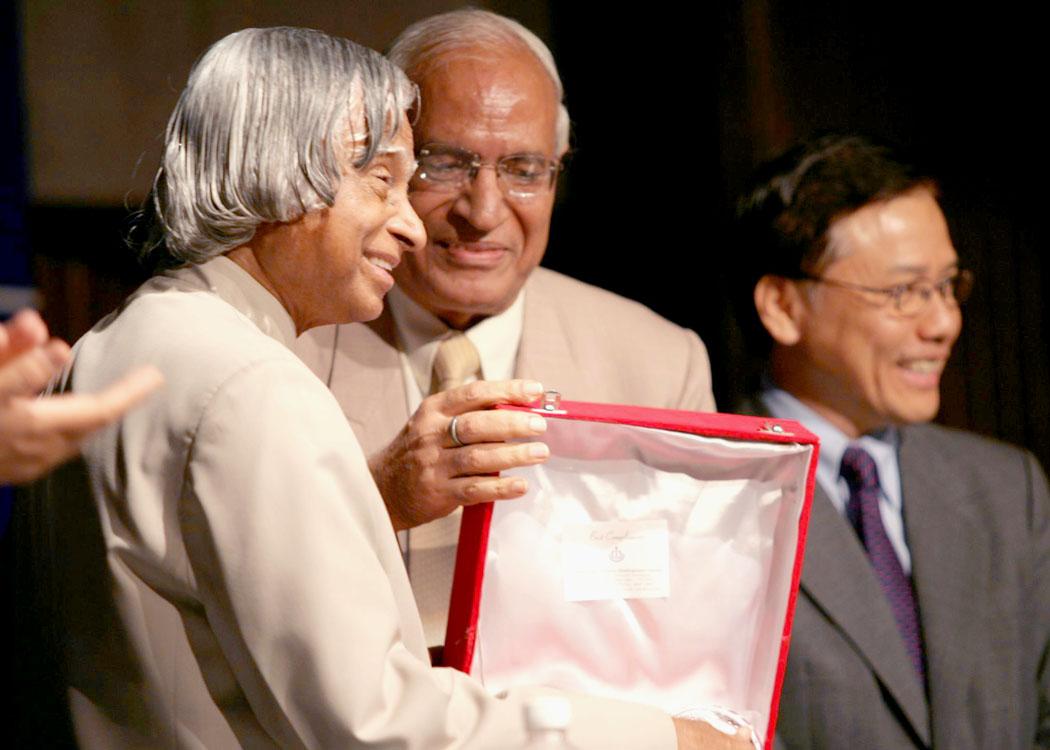Address at the World Conference on It in Design and Construction, New Delhi
NEW DELHI : 15-11-2006
CONVERGENCE OF CONSTRUCTION AND INFORMATION TECHNOLOGY
?Digital library is the need of the hour for
Construction Industry?
I am indeed delighted to participate in the inauguration of the World Conference on IT in Design and Construction jointly organized by Construction Industry Development Council (CIDC) in partnership with Glasgow Caledonian University, United Kingdom, Salford University, United Kingdom and Hong Kong Polytechnic University. I congratulate the organizers for taking this important initiative for convergence of Construction and Information Technology. My greetings to consultants, construction specialists, academia, leading construction organizations both in the public and private domain, young professionals and distinguished guests. I particularly greet the participants from abroad for sharing their experiences, which will definitely enrich the Indian construction industry as a whole. When I am with you, I would like to discuss with you the topic ?Convergence of Construction and Information Technology?. OUR HERITAGE
Indian capabilities in construction are well known from ancient times. The Taj Mahal, Meenakshi Amman temple at Madurai, Moti Masjid in Delhi, Churches in Goa, Rashtrapati Bhavan, Jaipur Palace, the Victoria Memorial Building in Kolkata, the Central Station in Chennai, the Vidhan Saudha in Bangalore are some of the typical standing monuments of architectural beauty and construction. Indian construction expertise is multifaceted today in residential buildings, modern offices, cultural havens, high speed motorways, railways, shipyards and hill construction. Expertise has also been developed in the country in special constructions like space launch complexes, nuclear installations, missile range complexes and ultra-clean rooms. While, engineering developments have taken place in disciplines like civil, electrical, mechanical and allied areas over the years, the construction industry can benefit substantially through the application of Information Technology (IT). The application of IT in construction can pervade the entire life cycle and could percolate in diverse fields such as town planning, architecture, design, project management, costing and marketing. The building and infrastructural constructions have to take into account the natural factors such as earthquakes, cyclones, heavy downpours, floods and tsunamis with due analysis, research and experimental verification.
COMPUTER AIDED DESIGN AND VALIDATION
Design of buildings, bridges and roads carried out by computer aided design can be validated through virtual reality laboratory. In the next phase, computer aided structures can be validated through prototype buildings. With experience, one can directly go for construction based on computer aided designs.
IT AND ARCHITECTURE
The application of IT becomes relevant even at the very start when the user visualizes his requirements. Architectural design process has been revolutionized through application of computer aided design with information technology inputs. The designing of spaces is not just confined to the drawing board but can be visualized in virtual space with the help of several customized software. The virtual reality has become a reality. The Architect is no longer confined to visualize in terms of floor plans, sections or elevations but he works on the complete model as an entity and has the flexibility to modify any element and instantaneously feel the results. These software have become user friendly and help in designing the functional spaces, generating 3D rendered views and walkthroughs, site profiling, bill of quantities, energy calculations etc. This will enable the construction to be visualized with all its intricacies to the last nut and bolt even before commencement of construction. This will lead to clear specification of the whole building resulting in higher satisfaction levels, reduced rework, timely delivery and cost savings. Such an approach will be able to reduce the expenditure to an extent of 10% to 15%. Converting into present scenario, construction industry should be able to save over Rs. 30,000 Crore in the annual investment of Rs. 310,000 Crore. I would also suggest that CIDC may create a digital library of all the high value construction particularly of all ancient monuments in the country. I am recommending this on the basis of my experience in Rashtrapati Bhavan where, when we were looking for certain original drawings of the buildings, we had to approach Royal Institute and British Architects, UK at an exorbitant cost. The library should also include the good construction practices used by the architects and special maintenance features adopted by those buildings.
INTELLIGENT BUILDINGS
The emerging trends of intelligent buildings and green buildings entail the use of modern technology, smart materials and eco friendly designs. The building environment and comfort conditions could be monitored and altered to suit specific requirements using new processing tools like neural networks and fuzzy logic. The future holds a lot of promise as new concepts in nano-technology; smart materials and design software will open fresh avenues and unleash an era of efficient and sustainable buildings. I would suggest the construction industry to embark on a societal mission for providing low cost two room dwelling units for the needy in urban and rural areas. The cost of the two room dwelling unit should not exceed Rs. 1 lakh, part of which could be subsidized by the Government and the remaining through the provision of hassle-free bank loans. The building should provide all comforts, use natural light, solar energy, be water efficient, incorporate water harvesting system and should need minimum essential maintenance. These buildings can also use Nano crystal based LED high efficient lamps powered by solar energy. The new buildings should be empowered with the Fiber to Home connectivity, so that the services from multi-media technologies reach the home that makes the entire complex highly connected to the world.
CONCURRENT ENGINEERING
The efficiency of the design can be enhanced by application of various techniques like solid modeling, simulation, finite element analysis and hazard analysis. For example, the building at the design stage itself can be investigated and validated for energy efficiency, water efficiency, safety and ease of maintenance. I have seen very nice tall buildings using antiquated, hazardous method for maintenance. It may be explored whether robotic techniques can be employed for such purposes. The building design can also be tested a priori in a computer model for adequate emergency escape system for potential natural and man made calamities. In essence, information technology should enable a concurrent engineering approach to construction. For example, when services such as pathways, electrical connections, water connection and drainage, telephone and gas connections, cable connection must be integrated with the main building along with total mapping to enable minimum interventions for augmentation and post-construction maintenance. The overall planning must be such that the embodied energy per unit area of construction is brought down to 60% of the present value through the use of waste recycled materials and the design is made in such a way that the annual energy consumption of built-up area does not go beyond 100 Kwh per square meter.
IT provides planning tools to detail out all the activities from design to construction, workout time schedule, insert resource allocation and do fine adjustments in critical paths to optimize time and resources. This also gives a good tool for project monitoring and cost control. IT enables the planning of the construction in such a way that all the utilities and furniture could be planned to the full satisfaction of the user after studying multiple options. The marketing community gets benefited by IT in projecting apriori the various views of the building and interiors.
HUMAN RESOURCE DEVELOPMENT
I understand that the Indian construction industry employs over 31 million people for its asset generating activity of over Rs. 310,000 crore which includes the expenditure of Rs. 2 lakh crore incurred by the Government. Any efficiency which is required to be built into the construction system will need development of quality human resource in all the spectrum of construction activity. This task will need reorientation of our education system for generating world class skills among the youth who are seeking employment in this vital nation building activity. Also, after initial training the skills have to be constantly upgraded through a continuing education programme. There is a need to undertake a national mission for training and certification of construction personnel. Considering the number and geographical location of the personnel conventional training system has to be complemented with tele-education for classroom learning, laboratories and libraries. The syllabus of engineering, polytechnics and ITI has to be revised keeping in mind the modern technologies in construction including application of IT.
RESEARCH AND DEVELOPMENT
Networking is needed among academic experts practicing engineers, teachers and management institution to co-ordinate appropriate topics for research, experimentation, and application of new technology into actual construction and enabling feedback. IT will be required to ensure an exhaustive, intensive, timely and effective communication.
The research and development focus has to be on generating new materials and processes for construction activities with cost effective design. Presently, the bricks used are taking away the mud from many areas. Hence, there is a necessity to find a substitute for bricks, which will not damage localities. Water availability is continuously on the decrease. The construction material used must absorb minimum water. Research is required to find extensive use of fly ash in various types of building material.
One area, which is of great concern in metropolitan and big cities is congestion due to inadequate road infrastructure, crowding of buildings and ever growing vehicle population. An integrated traffic modeling with a given objective of throughput with a long term growth potential has to be researched and evolved. This has to be comprehensive and has to be urgently done to prevent lack of infrastructure becoming a bottleneck for our GDP growth.
Interlinking of rivers is a national priority mission. For detailed planning, it is necessary to use satellite imageries and aerial pictures to foresee alignment, acquisition, technological challenges and optimize the energy requirement for a given flow.
VALUE OF TIMELY COMPLETION
Upper Krishna Project under Krishna basin in Karnataka is a multi-purpose project which can benefit the drought affected area of North Karnataka. The project is expected to provide irrigation to over six lakh hectares and generate power to the extent of 290 MWs. Though, the two dams at Narayanpur and Almatti have been completed, many canals are yet to be completed. Early completion of these works is essential for enabling full utilization of the water by the farmers. I find that the project has taken nearly 43 years after its conceptualization. I would like to bring an interesting fact about the notional loss arising out of this delay from the angle of non-availability of irrigation facility and power for this period to the citizens who work out to around Rs. 25,000 crore and Rs. 8000 crore respectively. This brings out the need for timely completion of infrastructural projects through a mission mode operation where I would expect the information technology to play a major role in terms of data bases, critical path analysis, resource allocation and management information system highlighting the bottlenecks. I understand that on an average at any one time Rs. 50,000 crore worth of buildings and infrastructure are in partially complete stage due to never ending litigations. To me it appears like the large non performing asset experienced by our banking system. Today, I am happy to find through appropriate identification of problem area and the banking reforms the average NPA has come down to below 3%. Similarly, I am happy that Construction Industry Arbitration Association is being launched today which should enable for progressively reducing the non-performing asset of construction industry to near zero within the next five years. IT should be used to quantify, monitor, intervene and resolve the disputes.
CONCLUSION: SUGGESTIONS FOR CONSTRUCTION INDUSTRY
Since I am in the midst of construction specialists, who have a key role in maintaining and sustaining the momentum of our GDP growth, I would like to give the following seven suggestions for the consideration of this World Conference.
1. Creating and maintaining a user friendly digital library data base of different construction practices and norms in the country including historical architectural designs of dams, worshiping places and buildings.
2. Reviewing the national standards for construction taking into account the flexibilities offered by IT including energy and water efficiency standards.
3. Developing nation-wide management information system of the availability of quality manpower, quality construction aids, specialized software tools, standard costs of construction in different region.
4. Providing information to public on the details and status of major infrastructural projects on the net for promoting higher level of accountability and transparency.
5. Creating a mechanism for registration of professional engineers and supervisors for the construction industry.
6. Aiming to reduce the overall cost of construction by 20% through IT application in planning, design, project management and optimum use of quality manpower.
7. Providing guidelines for interface management through IT amongst project executives, designers, sub-contractors, consultants, financiers, quality insurance agencies and customers. With these words, I inaugurate the World Conference on IT in Design and Construction. My best wishes to all the participants in the mission of promoting a vibrant construction industry for meeting the goals of Vision 2020.
May God bless you.

